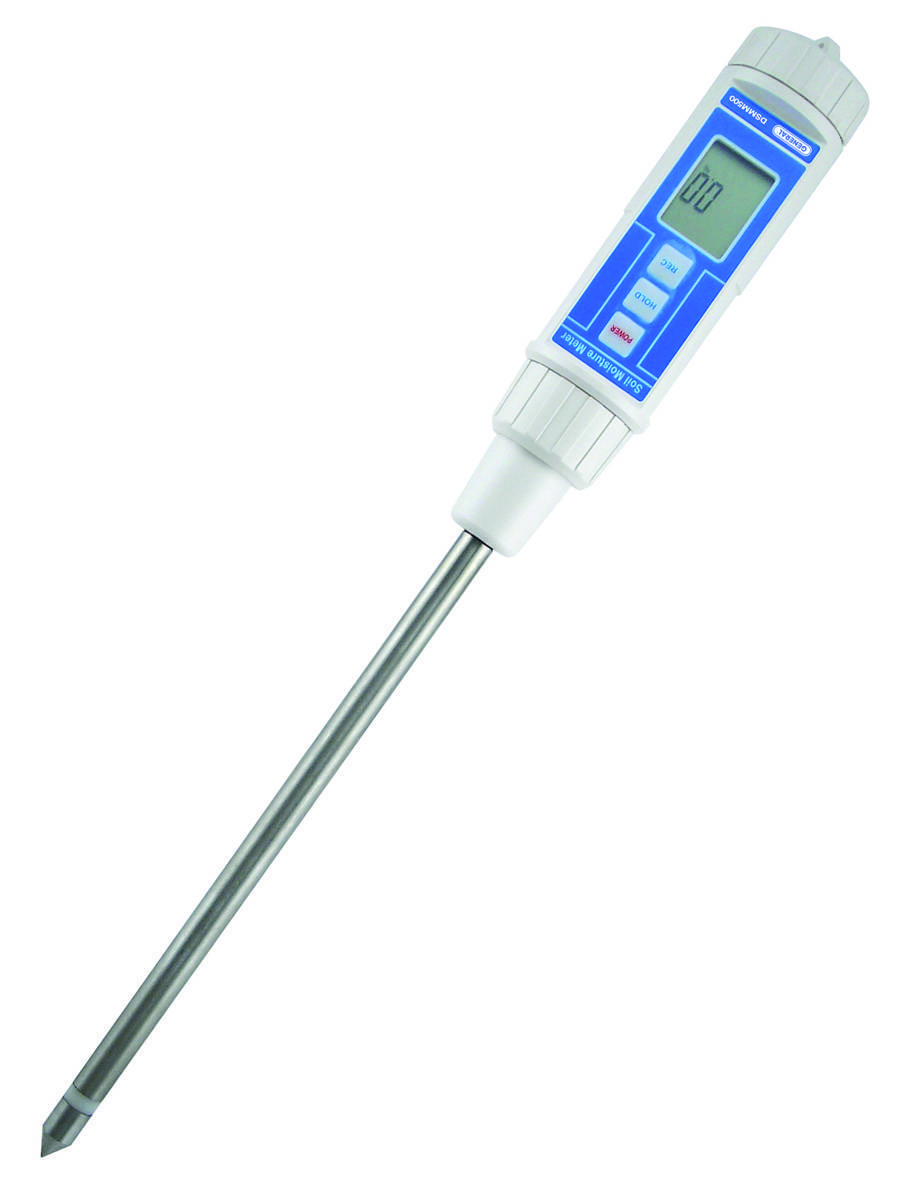Top 10 Benefits of Using a Moisture Meter for Correct Measurements in your house
Top 10 Benefits of Using a Moisture Meter for Correct Measurements in your house
Blog Article
Explore the World of Moisture Meters: Whatever You Required to Know
In the realm of moisture meters exists a globe of accuracy and practicality that usually goes undetected. Understanding how moisture meters run, the different types offered, and their varied uses can lose light on their value in making certain high quality and efficiency.
Just How Moisture Meters Work
Moisture meters run by determining the electrical conductivity or capacitance of products to establish the dampness material present. These meters are indispensable tools throughout various industries, including construction, woodworking, and farming. By using various methods such as pin-type or pinless technology, dampness meters supply precise readings that help experts make notified choices.
Pin-type dampness meters work by inserting the sharp pins into the material being examined. On the various other hand, pinless moisture meters utilize electro-magnetic signals to check a bigger location without triggering any type of damages to the product's surface area.
No matter the technique utilized, moisture meters play a crucial duty in avoiding problems such as mold development, architectural damage, or item issues caused by excess moisture. Understanding exactly how these meters job is crucial for making sure the top quality and stability of products in various applications.
Kinds of Moisture Meters
Provided the important function moisture meters play in numerous sectors, it is necessary to comprehend the different kinds offered to professionals for properly assessing dampness degrees - Moisture Meter. There are largely two primary sorts of moisture meters: pinless and pin-type dampness meters

On the various other hand, pinless wetness meters make use of electromagnetic sensor plates to scan a bigger location of the product without triggering any type of damages. This type appropriates for swiftly scanning huge locations and is commonly utilized for flooring, wall surfaces, and ceilings. Pinless meters are convenient for taking analyses on completed surface areas without leaving any type of visible marks.
Both kinds of dampness meters have their advantages and are picked based upon the particular demands of the work at hand. Comprehending the differences between these kinds is vital for specialists to make accurate moisture assessments.
Applications Throughout Industries
With varied performances, wetness meters locate extensive application throughout various sectors, assisting professionals in making sure ideal problems for materials and structures. In the agriculture industry, moisture meters are indispensable for identifying the wetness content in grains, seeds, and hay, making certain top quality control and avoiding mold and mildew development. Building professionals rely upon wetness meters to assess the dampness levels in structure products like concrete, wood, and drywall, which is important for preserving structural honesty and protecting against concerns like rot or mold. The floor covering sector uses wetness meters to gauge the wetness web content in special info subfloors prior to mounting various flooring, protecting against pricey damages due to excess moisture. In the food market, wetness meters are used to check and go to this web-site regulate moisture levels in items such as grains, nuts, and dried out fruits to preserve freshness and top quality. In addition, wetness meters play an essential role in the restoration and damage control industry by helping specialists identify and attend to water damage in structures quickly. Throughout these varied markets, dampness meters are crucial tools for making certain the top quality, safety and security, and longevity of various products and products.
Tips for Utilizing Dampness Meters
When gauging the wetness material in numerous materials,Make use of the wetness meter's calibration settings to guarantee accurate readings. Calibration is essential for the correct functioning of a moisture meter. Prior to each usage, it is suggested to check and readjust the calibration setups according to the particular material being examined. Furthermore, see to it the meter is readied to the proper moisture variety for the product you are determining to get one of the most exact outcomes.
When using a pin-type moisture meter, place the pins to the appropriate deepness suggested for the material being checked. This makes sure that the wetness analyses are taken from the proper deepness within the material, supplying an extra exact representation of its moisture get redirected here content. For pinless moisture meters, remember to preserve appropriate contact with the product's surface area to obtain trustworthy analyses.
Regularly inspect and change the batteries in your dampness meter to stop inaccurate analyses as a result of low power. Shop the meter in a risk-free and completely dry location when not being used to extend its life-span and keep its precision. By adhering to these pointers, you can make best use of the performance of your moisture meter and obtain precise moisture content dimensions across various products.
Upkeep and Calibration
To ensure the precision of wetness material dimensions, normal maintenance and calibration of the moisture meter are crucial steps in its proper functioning. Calibration readjusts the dampness meter to ensure that it gives consistent and trusted results.
Calibration ought to be performed occasionally, specifically if the dampness meter is used frequently or in crucial applications where specific dimensions are needed. By preserving and adjusting the dampness meter consistently, individuals can rely on the accuracy of the wetness material dimensions acquired.
Final Thought

To conclude, wetness meters play a vital duty in various markets by precisely determining the moisture material of materials. Comprehending how these devices function, the different types available, and correct maintenance and calibration are vital for obtaining dependable outcomes. Whether in building and construction, manufacturing, or agriculture, using moisture meters aids make certain quality control and performance in processes.

In final thought, dampness meters play a crucial role in numerous industries by precisely gauging the dampness content of materials.
Report this page